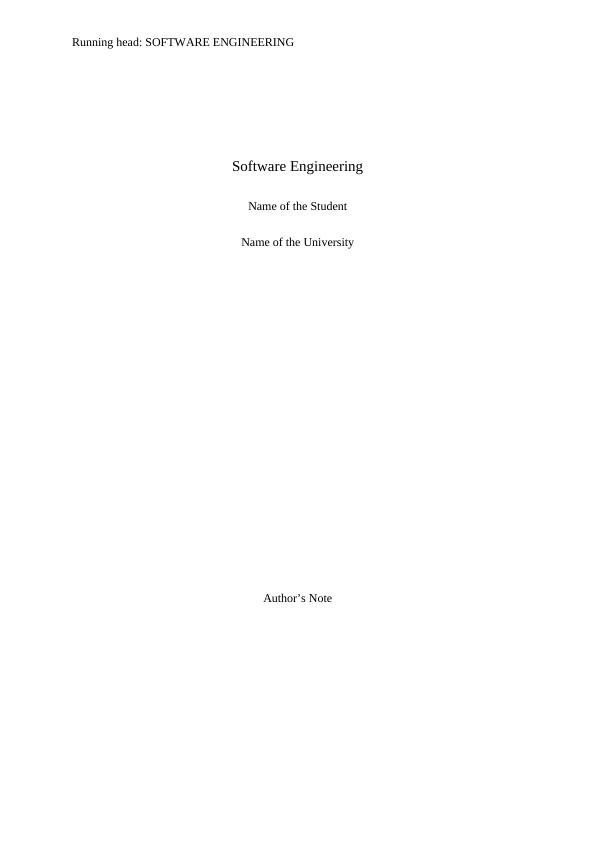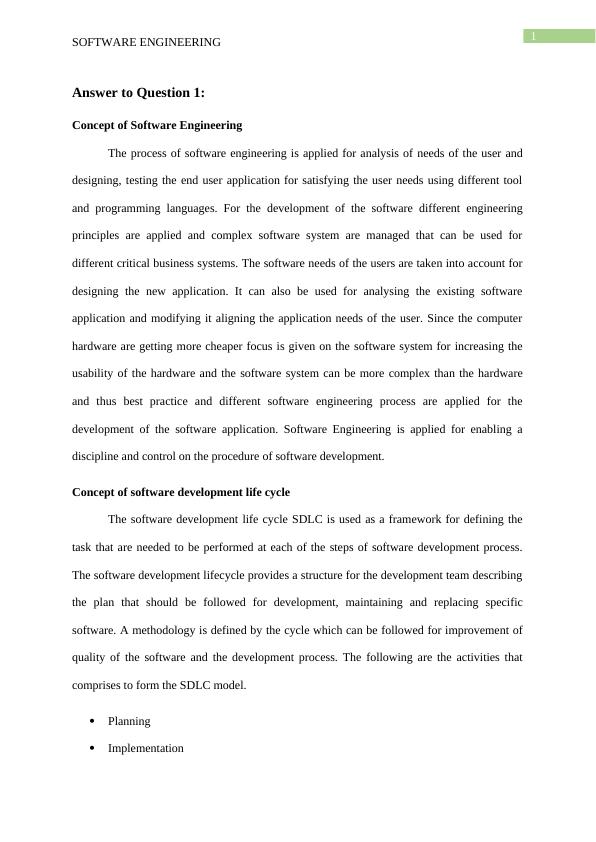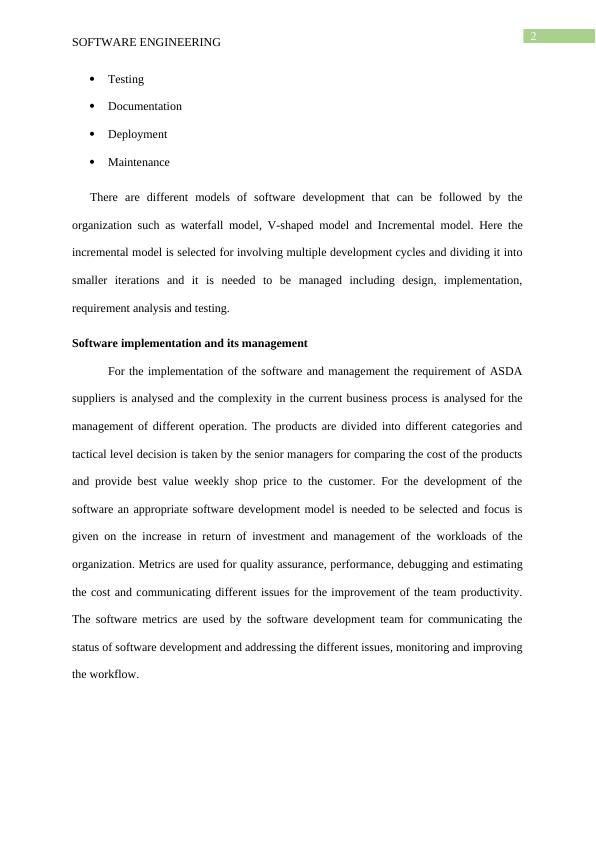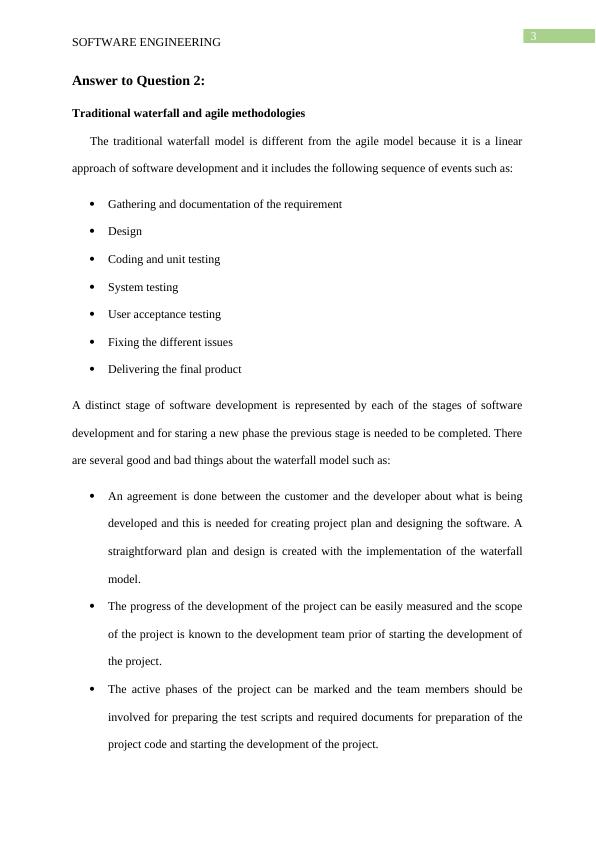Different UML Diagrams in Software Development
Submit a Software Engineering assessment with a maximum word count of 3,000 words.
16 Pages3422 Words254 Views
Added on 2023-04-22
About This Document
This document provides an overview of the different UML diagrams used in software development, including class diagrams, activity diagrams, sequence diagrams, and use case diagrams. It explains the purpose of each diagram and their application in different phases of software development. Additionally, it compares and contrasts two UML modelling tools, Agro UML and Star UML, highlighting their features, pros, and cons.
Different UML Diagrams in Software Development
Submit a Software Engineering assessment with a maximum word count of 3,000 words.
Added on 2023-04-22
ShareRelated Documents
End of preview
Want to access all the pages? Upload your documents or become a member.
Systems Analysis and Design for Adroit Ads Company
|29
|5985
|419
Unit 9 : Software Development Life Cycle
|24
|5075
|934
Software Development Life Cycle Use In Health Care
|5
|1267
|403
Software Development Life Cycle Methodology for Online Hotel Booking Application
|30
|4922
|103
Software Engineering: Development Methods, Quality, Diagrams, and Lucid Chart
|15
|4370
|101
The Impossibility Of Requirements
|10
|2601
|31




